A Guide to Understanding Coming and Going in Mandarin || 去 and 来
Navigating 去 (qù) and 来 (lái): A Guide to Understanding Their Usage in Chinese Note: If you are new to characters or generally want some support while working through the example sentences in the next sections, we HIGHLY recommend downloading this plugin*! It will help a ton with character reading, both in this article, and on the greater web in general. If you’ve already installed it, carry on! :)*
In this blog post, we will delve into the intricacies of 去 and 来, covering their meanings, correct grammar, and offer examples to help you get them down!
来看🤑!
TLDR
去 means “to go” or “leave”
来 means “to come” or “arrive”
Both 去 and 来 can be paired with other one word characters to create helpful two-character combos, such as “进去/进来”, “过去/过来”, etc.
去/来 are super helpful directional terms that make discussing movement in everyday life way more simple!
The Fundamentals:
The first and most important step in comprehending 去 and 来 is to understand their core definitions. Remembering these basic meanings will help guide you through the more complex uses of 去 and 来.
去 (qù) denotes "to go" or "to leave”
来 (lái) conveys "to come" or "to arrive”
Common Uses of 去 and 来:
Expressing Direction: The primary role of 去 and 来 is indicating direction or movement. Placing 去 or 来 in front of a specific location or verb, they illustrate movement towards or away from a particular place. For instance, if you want someone to come and look at something you would say “来看!”, but if you want someone to go and look something, you’d say “去看!” Simple enough!
Here are some more examples:
我要去学校 translates to "I have to go to school”
我跟你一起去吃饭 translates to “I’ll go eat with you”
他昨天来我家 translates to "he came to my house yesterday"
这是我第一次来中国 translates to “this is my first time coming to China”
Keep in mind: the use of 去 and 来 is relative to the position of the speaker, just like in English.
Just like in English, when we use the verbs “come” and “go”, it’s all relative to the speaker. Here’s some examples that shows the similar structure in Mandarin:
You’re currently at the zoo and someone asks you: 这是你第一次来这个动物园吗?
Is this your fist time coming to this zoo?
You’re not currently at the zoo, but you’re considering going. Your friend asks you: 你想跟我去动物园吗?
Do you want to go to the zoo with me?
Pairing with other verbs
A common use of 去 and 来 is pairing them with other one character verbs to create an action. These two-character combos are very clear ways of directing movement. These can be a bit confusing at first because in English we’d think to put the 去 or 来 in front of the verb, like “come in!” or “go down”. When using 去/来, we do the opposite. These two-character combos are super simple to grasp once you remember the pattern of putting 去/来 behind the direction you are indicating.
Here are some examples:
出来: come out (lit. out come)
出去: go out (lit. out go)
进来: come in
进去: go in
过来: come over
过去: go over
上/下来: come up/down
上/下去: go up/down
Let’s take a quick look at this situation to make sure we’ve got it down:
From behind the glass, we can see our friend telling the person on the other side: “你进来,我出去”. From her perspective, she is telling the man “you come in, and then I’ll go out”. The man, on the other hand, is telling her “你出来,我进去”, meaning “you come out, and then I’ll go in”. A bit of a confusing dialogue, I’ll admit, but it helps to see the speaker**’**s perspective using 去 and 来.
Mastering the use of 去 and 来 in Chinese is a valuable skill that enables you to express movement and direction accurately. By understanding their fundamental meanings and some super useful two-character verbs, you’ll be able to more confidently navigate🗺 a variety of convos. So 去练习, embrace the journey, and let these words become integral to your Chinese language skills! 加油!
To Conclude:
Here are the main takeaways you should have gotten from this post:
The uses of 去 and 来 as indications of movement similar to English
Pairing 去 and 来 with other verbs to form super helpful two-character combos


